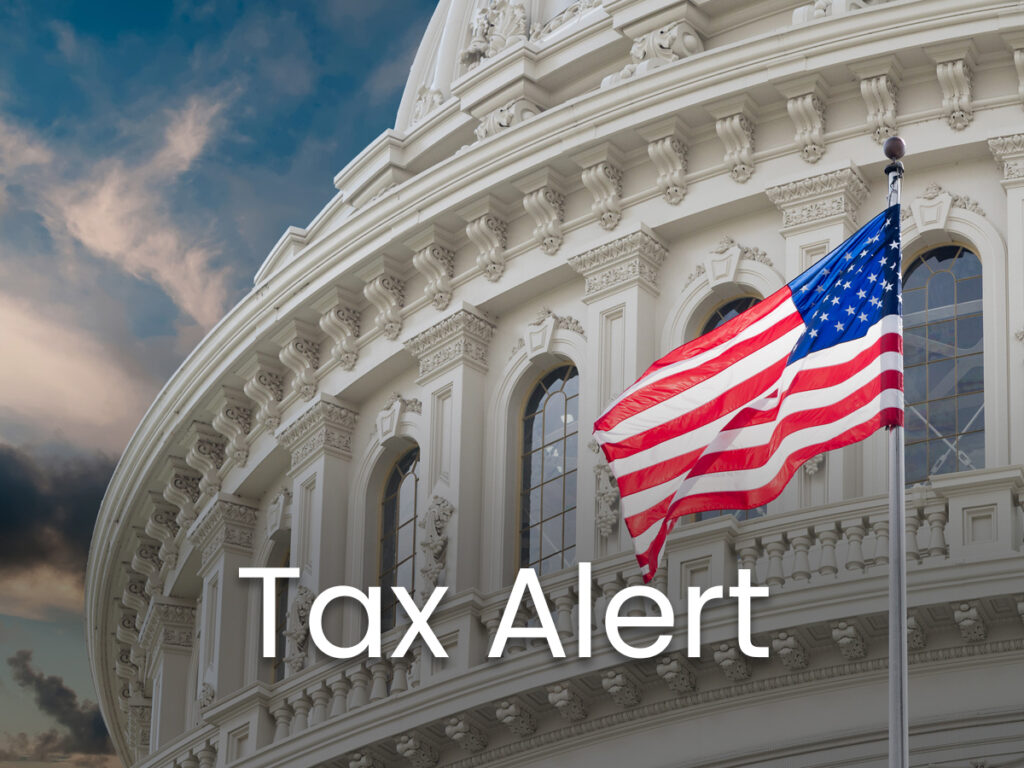
Are you hearing about CDP reports or receiving requests from your customers to submit one? If so, it’s important to understand what CDP is and how it works before the reporting deadline of September 18, 2024. Companies are leveraging the CDP platform to better understand their value chains. Going forward, companies of all sizes will increasingly be expected to report environmental data through CDP.
What is CDP?
The Carbon Disclosure Project, now known as CDP, is a global nonprofit organization established in 2000. It runs an environmental disclosure system that serves as a platform for companies, cities, states and regions. Through this platform, they can disclose their environmental data.
CDP aims to drive environmental improvement through information transparency and stakeholder engagement. This guide will delve into key aspects of CDP and its reporting process.
Their mission is to harness the power of disclosure to drive environmental action. By providing a platform for comprehensive environmental reporting, CDP strives to create a sustainable economy. It seeks to prevent the dangers of climate change and protect natural resources.
CDP now focuses on four critical environmental areas:
- Climate: Encouraging the reduction of greenhouse gas emissions.
- Water: Promoting the sustainable management of water resources.
- Forests: Addressing the impacts of deforestation.
- Plastics: Gaining visibility into plastic footprints.
Who reports to CDP?
A diverse range of entities, including companies, cities, states and regions utilize CDP’s reporting framework. In 2023, over 23,000 companies, representing USD $67 trillion in market capitalization, reported their environmental performance data to the organization.
Participation in CDP reporting has been steadily increasing. As of the latest data, over 1,100 cities also disclose environmental data through the organization. Additionally, the White House now requires major federal contractors to disclose their environmental data through CDP. These vendors must set science-based decarbonization targets, further expanding reach and impact.
How does CDP reporting work?
Annual reporting cycle and process
CDP invites organizations to disclose their environmental data during an annual reporting cycle. This typically involves:
- Preparation: Collecting relevant environmental data.
- Questionnaire submission: Completing CDP’s specific questionnaires.
- Review: CDP reviews and scores submissions.
CDP questionnaires
CDP requests information tailored to different aspects of environmental impact:
- Climate change: Questions on emissions methodologies, exclusions, emissions inventory and breakdown, energy-related activities, and electricity transmission and distribution. Additionally, it asks about production data and intensity, and efficiency metrics. The questionnaire requests information on your low-carbon energy targets, other climate-related targets and net-zero targets. It also requests details on emission reduction initiatives and low-carbon products.
- Water: Questions on organization-wide water accounting, facility-level water accounting and verification, water efficiency and intensity, products and services, and water-related targets.
- Forests: Questions on your organization’s dependency on commodities and implementation of policies and commitments related to deforestation and conversion of other natural ecosystems.
- Biodiversity: Questions on exclusions, actions on biodiversity-related commitments, biodiversity indicators, areas important for biodiversity, and land resourced and land disturbed.
- Plastics: Questions on plastics-related targets and activities. This includes metrics for plastic polymers and durable goods and components. The metrics also include plastic packaging on total weight, raw material content and circularity potential (for packaging only). To cover the entire lifecycle of plastics, there is also a question on the end-of-life management.
Scoring methodology
A company’s CDP climate score provides a snapshot of its overall climate strategy and risk management performance. It may include Scope 1, 2 and 3 emissions. It informs investors and stakeholders about the company’s carbon intensity, resource use, risk management and supply chain sustainability.
The organization uses a detailed scoring methodology. Ratings range from A to F. These reflect the completeness and quality of the disclosed information. An “A” indicates leadership in environmental performance and transparency.
- Leadership (A/A-)
- Demonstrates environmental leadership.
- Discloses actions on climate change, deforestation or water security.
- Aligns with frameworks like TCFD and sets science-based targets.
- Management (B/B-)
- Demonstrates good environmental management.
- Indicates effective impact management, but not industry leadership.
- Awareness (C/C-)
- Shows awareness of environmental issues’ impact on business and ecosystems.
- Disclosure (D/D-)
- Answers all questions on questionnaire.
- Starting point for environmental reporting.
- Failure to disclose (F)
- Did not provide requested information.
If you’re interested in learning more about environmental performance leaders, check out 2023’s A List.
CDP disclosure requirements
These disclosures are crucial for stakeholders to assess environmental impacts comprehensively. They enable informed decision-making and promote accountability across global supply chains.
Required information
Organizations need to report various types of information, including:
- Climate: Scope 1, 2 and 3 emissions, risk assessments, and mitigation strategies.
- Water: Water usage, risks and management practices.
- Forests: Deforestation risks and policies.
Scope emissions reporting
- Scope 1: Direct emissions from owned or controlled sources.
- Scope 2: Indirect emissions from the generation of purchased energy.
- Scope 3: All other indirect emissions in the value chain.
Sector-specific and size-based differences
CDP questionnaires may vary based on the sector and size of the organization. This helps ensure the data’s relevance and comparability.
Updates to the 2024 questionnaire
CDP periodically updates its reporting requirements to reflect the latest scientific insights and regulatory changes. Significant changes to its corporate questionnaire for 2024 include:
- Integrated questionnaire: One single questionnaire will merge the three existing questionnaires related to climate change, forests and water security. This unified approach aims to streamline companies’ reporting by avoiding duplicate entries and simplifying the process.
- Customization by sector: The sector or business activity of the disclosing company influences the customization of the new questionnaire. Despite the integration, CDP provides ratings individually for each of the three environmental topics.
- Alignment with standards: The organization aligns its questionnaire with the International Sustainability Standards Board (ISSB) S2 Climate Standard, emphasizing commitment beyond legal requirements.
- Small and Medium Enterprises (SME) Questionnaire: CDP is launching a SME Questionnaire to support the majority of global businesses. Collaborating with the European Financial Reporting Advisory Group (EFRAG), CDP aims to shift towards the European Sustainability Reporting Standards (ESRS). The organization provides resources to assist disclosers in meeting legal requirements.
- Interoperability: Reporting to CDP will mean interoperability across different sustainability and climate reporting tools. This will help businesses expand their reporting horizons. It also helps them comply with new EU reporting requirements like the Corporate Sustainability Reporting Directive (CSRD).
- Efficiencies and collaboration: The integrated questionnaire lets companies describe their sustainability program holistically while choosing relevant metrics and topics. The organization aims to foster collaboration among stakeholders and empower both businesses and governments in their sustainability journey.
- Wider frameworks: The organization strives to make its questionnaire interoperable with various voluntary and mandatory reporting frameworks. It aligns with the ISSB’s S2 reporting, the Taskforce on Nature-related Financial Disclosures (TNFD) and Europe’s CSRD. Alignment with the new U.S. SEC climate disclosures is pending.
These changes aim to enhance corporate transparency, efficiency and impact on environmental reporting. Businesses reporting to the organization will benefit from streamlined processes and broader compliance opportunities across reporting frameworks.
Benefits and challenges of CDP reporting
CDP reporting plays a pivotal role in corporate sustainability efforts by promoting transparency and accountability. However, it also presents challenges such as data accuracy and meeting stakeholder expectations.
Key advantages
Reporting to CDP offers several benefits, including:
- Improved transparency and accountability: By disclosing environmental information through the organization, companies demonstrate their commitment to transparency and accountability. This enhances their reputation and strengthens stakeholder trust.
- Risk management and mitigation: CDP reporting helps identify and manage environmental risks. Companies can proactively address issues related to carbon emissions, water usage and deforestation, reducing potential negative impacts.
- Benchmarking: Participating in CDP reporting allows companies to compare their environmental performance against industry peers and competitors. This benchmarking helps drive continuous improvement and informed decision-making.
- Regulatory compliance readiness: CDP reporting prepares organizations for regulatory requirements related to environmental disclosure. It ensures they stay ahead of evolving standards and legal obligations.
- Stakeholder expectations: Sharing data through the organization meets stakeholder expectations. Investors, customers and the public increasingly value sustainability efforts. CDP disclosure provides accurate, reliable information to inform their decisions.
- Enhanced reputation: Transparent reporting fosters a positive reputation. Companies actively engaging in CDP reporting signal their commitment to sustainability, attracting socially responsible investors and customers.
Challenges and criticisms
Despite its benefits, CDP reporting also faces challenges such as:
- Complexity and scale: Integrating multiple environmental topics and customizing questionnaires for different sectors can be complex and resource-intensive. This is especially the case for companies that do not have a dedicated team for this work.
- Data collection and accuracy: Gathering accurate data on emissions, water usage and deforestation is challenging; discrepancies may arise.
- Stakeholder expectations: Meeting transparency expectations can be demanding. Some argue that CDP ratings may not fully reflect overall performance.
- Limited adoption by non-technical teams: Non-technical teams may struggle with reporting, affecting data quality.
How BPM can help
When preparing a CDP report for submission, the critical steps involve data collection and preparation. BPM provides best-in-class software solutions that allow you to measure and monitor performance. BPM can assist your organization in preparing your CDP report for submission through:
- Data collection: We collaborate with your team to collect accurate and comprehensive data related to carbon emissions, water usage and other relevant environmental factors. Our specialists ensure that the data aligns with CDP reporting requirements.
- Emission calculations: We calculate emissions following industry-standard methodologies. Our goal is to provide precise and reliable emission figures.
- Customized reporting: BPM tailors the CDP report to your specific industry and business context. We integrate your emissions data seamlessly into the overall report.
- Quality assurance: Our team verifies the accuracy and completeness of the data to comply with the organization’s guidelines. We address any gaps or inconsistencies to enhance the quality of your submission.
- Timely submission: BPM assists in meeting submission deadlines. We promptly prepare and support you in submitting your CDP report.
Given the urgency of the upcoming September deadline, it’s crucial to prepare your CDP report promptly. Assembling accurate data, calculating emissions and customizing the report can often be time-consuming. If you haven’t already, we recommend initiating the process soon to ensure a thorough and timely submission.
By partnering with BPM, your organization can streamline the data collection process, improve reporting accuracy and demonstrate your commitment to environmental transparency. Connect with us today.



